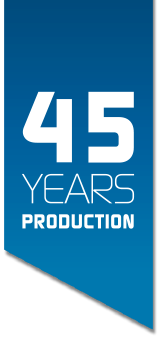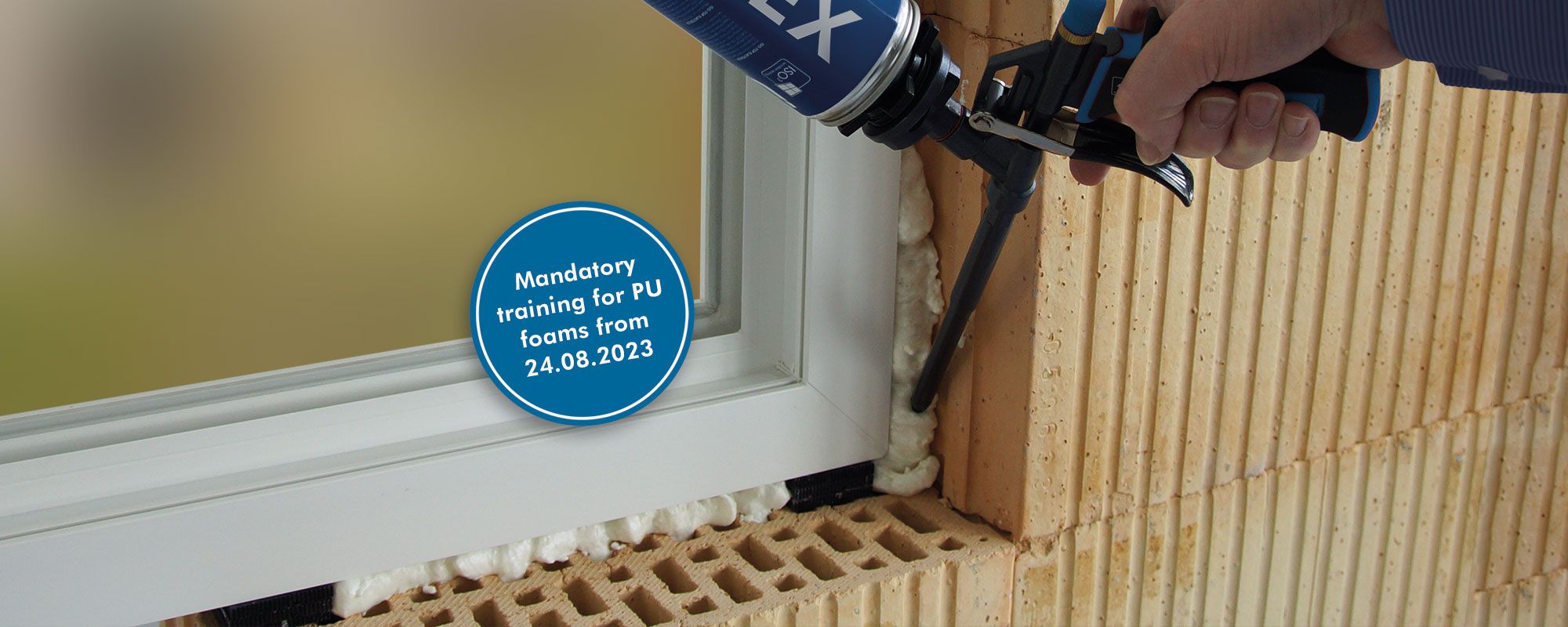SAFE HANDLING OF DIISOCYANATE-BASED PU PRODUCTS
Expressly excluded from this are the handling and use of joint sealing tapes and multifunction tapes made from PU foam and products with a diisocyanate content of less than 0.1%.
ISO-TOP THERMFOAM „BLUE LINE“, the single-component polyurethane expanding foam for a healthy living environment, may be used without training.
Because of its low-monomer recipe it has a very low free diisocyanate content, making it especially healthy to use. The isocyanate needed to produce it has already reacted out and dropped below the applicable limit.
Low emmissions-always:
Ideal for interior renovations and window replacements!
What does the regulation mean for employers and users?
- From 24 August 2023, mandatory training in the safe handling of products containing diisocyanates (with a free isocyanate content in excess of 0.1%) will be required for everyone who uses them.
- Users must be trained by their employers.
- Training, e.g. online via FEICA
- Refresher courses must be provided every 5 years
- Mandatory training is required for all commercial and industrial users of products with a total monomeric diisocyanate concentration > 0.1%.
- Users must be able to provide documentary evidence of having attended a training course, including having passed the final test for the course.
- No proof of training is required when buying or selling the products.
- Retailers are required to pass on the information to users of the relevant PU products.
Where are training courses provided?
We support the Association of the European Adhesive & Sealant Industry (FEICA) in its provision of information to ensure the safe use of PU products (https://www.feica.eu/PUinfo). Use the following link to discover the training concepts for implementation and certification of the required training.
Register free of charge using discount code “FEICA_21_G”
A certificate will then be issued to document successful completion of the course and multiple-choice test.
You will find further information about the associations’ training provision on the dedicated website: https://www.safeusediisocyanates.eu/









